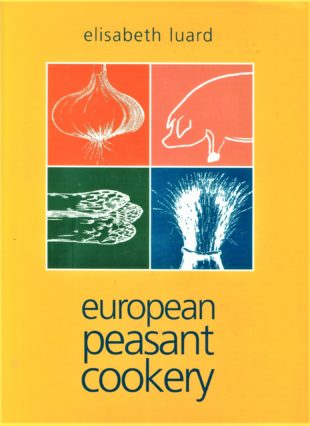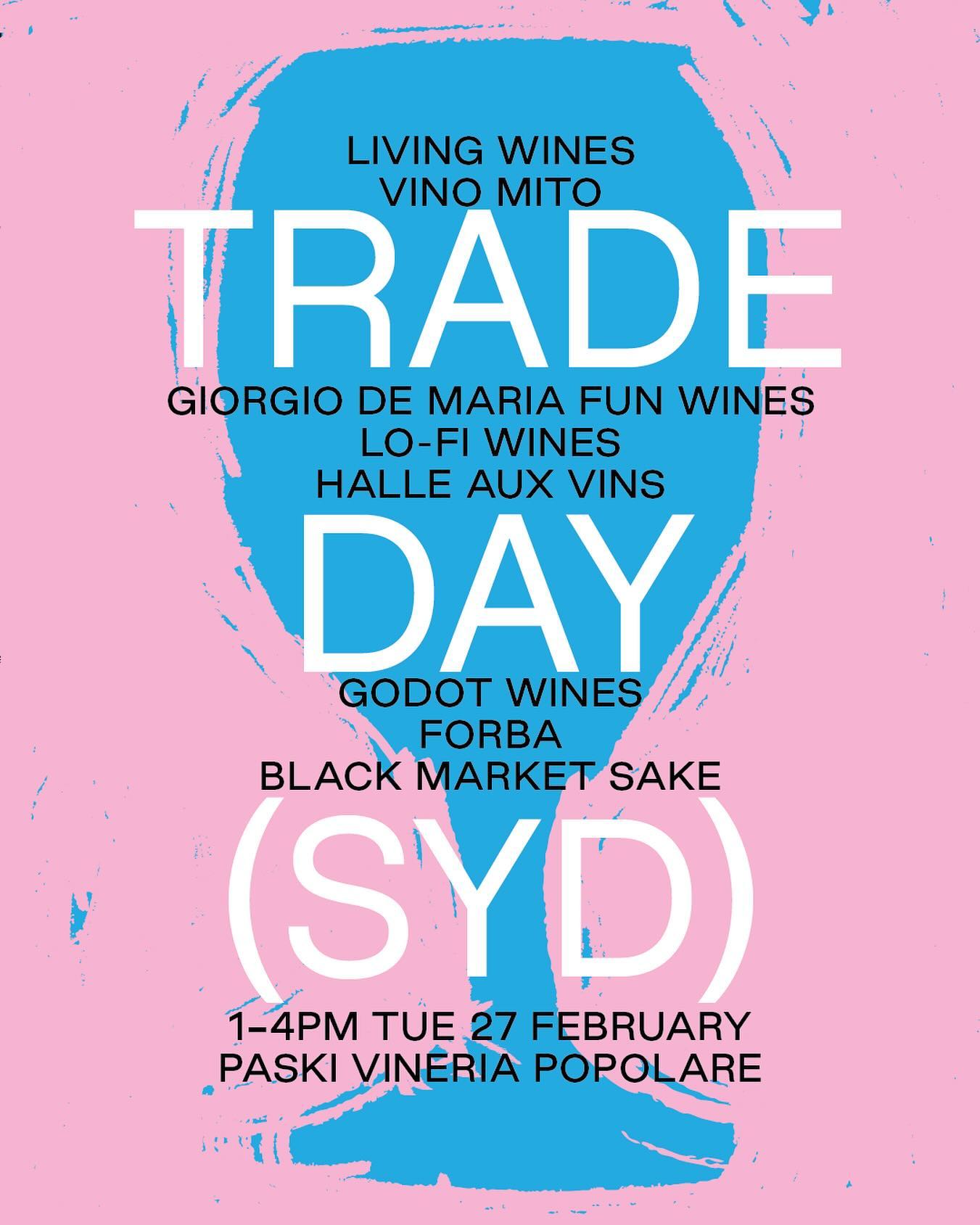European Peasant Cookery – The Author
European Peasant Cookery is a re-release and update of the original book published in the 1980s that prolific author Elisabeth Luard took some twenty years to compile. And we are very pleased that she did.
Elizabeth Luard lived in both Andalusia in Spain (which resulted in her book Flavours of Andalucia) and the Languedoc in France and it was her experiences with the locals that drove her to write this book.
We get the overwhelming feeling that what European Peasant Cookery does is codify recipes from across many European countries that otherwise may have ceased to be known as new generations turned to fast foods and supermarket ‘convenience‘ packages rather than continue the traditions of their ancestors.
European Peasant Cookery – The Book
European Peasant Cookery is not organised along country lines or the traditional soup, entrée, dessert format. Rather, the recipes are produce-driven with chapters on fish, small game, poultry, pork and so on.
There is even a chapter devoted to beef and reindeer and another to fruits, nuts and flowers. Within each chapter the recipes are clearly identified with the country of their origin.
We started European Peasant Cookery with the chapter that, to us, speaks volumes about recipe selection and treatment namely the one devoted to potatoes. This universal vegetable is a good indicator of how an author is approaching the topic at hand.
The chapter starts with a history of the potato and its introduction to Europe in 1540. The subsequent discussion about the spread of the potato throughout Europe is brief but fascinating.
She then moves on to recipes such as Colcannon, Boxty (one of our favourite potato pancake recipes), Lompe (another pancake we love) and then the most wonderful of all potato recipes next to Joel Robuchon’s decadent mashed potatoes, the wonderful Jansson’s Temptation which sees thinly sliced potatoes layered with sliced onions and anchovies and covered with cream before being baked until tender.
She also covers some wonderful potato soups, gratins, potato cakes and many more recipes in this coherent chapter.
In the chapter on Lamb, Mutton and Kid she describes how peasant communities rely on sheep and goats to provide many of the day-to-day essentials such as wool and skins as well as food.
Starting the chapter is a recipe for slow cooked lamb from Greece that is just so simple yet so evocative of that country that you feel like dropping all your plans and cooking Arni Ladorigani!
Of course, she then talks about the widely revered Irish Stew with its pure ingredients of mutton neck, onions and the inevitable potatoes. This a fabulous yet fragile dish that should be in the repertoire of all food lovers.
She follows this with a recipe for Scotch Broth that Dr Johnson was particularly fond of and then a recipe for Welsh Cawl which is a classic stew bearing some similarities to Irish Stew but, of course, with the inclusion of the beloved leeks.
Later in this chapter Luard explores some of the meatball recipes that are so common throughout Europe including lamb meatballs in lemon sauce form Greece and the fabulous Kottbullar from Sweden.
When we started reading the Eggs, Cheese and Dairy chapter we were treated to a discussion of the origins of Hollandaise Sauce before she moved on to a description of omelettes and tortillas. The recipe for Spanish Potato Omelette is particularly good in its simplicity as is the chard omelette recipe from France called La Trouchia.
We could go on describing every chapter. Overall you will find over 500 recipes from 25 countries ranging from Turkey to Iceland.
In addition to the recipes, the author provides a lot of cultural background and stories about locals and places that help our understanding of the food she is describing.
We think that European Peasant Cookery definitely deserves a place in the Foodtourist Top Fifty Cookbooks list.
An edition of this book was published in 2013 in the United States under the title The Old World Kitchen : The Rich Tradition of European Peasant Cooking.
You can buy European Peasant Cooking by clicking on the link below. We receive a small percentage of the sale which goes towards maintaining this site.






















